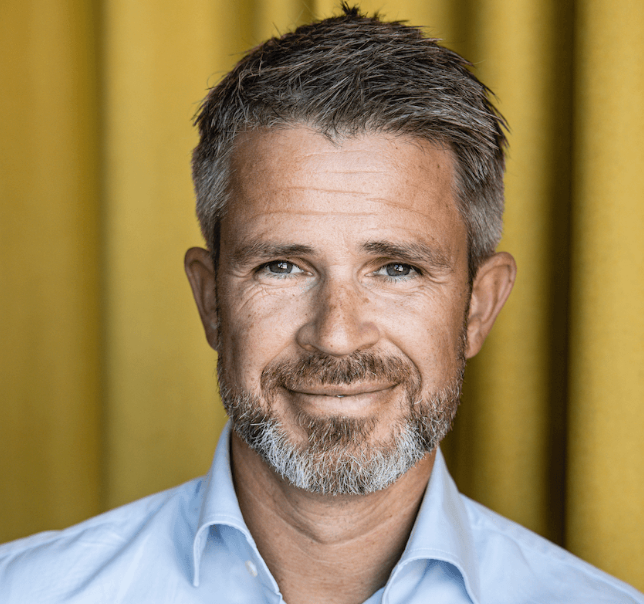Decarbonizing the built environment, together

The most recent IPCC report is unequivocal. To have any chance of dealing with the “climate time-bomb”, the world must cut emissions by 50% by 2030. We are on the brink of passing the point of no return, and time is running out.
Thought Leadership piece
Real estate is highly localizedand dependent on local regulations/requirements
It is a fragmented and heterogeneous asset class. Decarbonisation trajectories vary greatly between assets
Traditional capital allocation planning creates a skewed view of the cost/benefits of deep retrofits
Material providers are not incentivized to invest in scaling lower carbon solutions
The traditional relationship between owners and occupiersisoutdated. There is an urgent need to align incentives.
A “North Star” for real estate investors: Distilling a shared understanding on what net zero means for real estate owners and managers
Putting net zero into action: Sharing and codifying investor best practices on how to “tip” the business case for asset decarbonization, including assessing carbon as a value protection/creation lever.
Activating system solutions: Developing a set of collective action interventions with broader value chain actors to tip those business cases.

